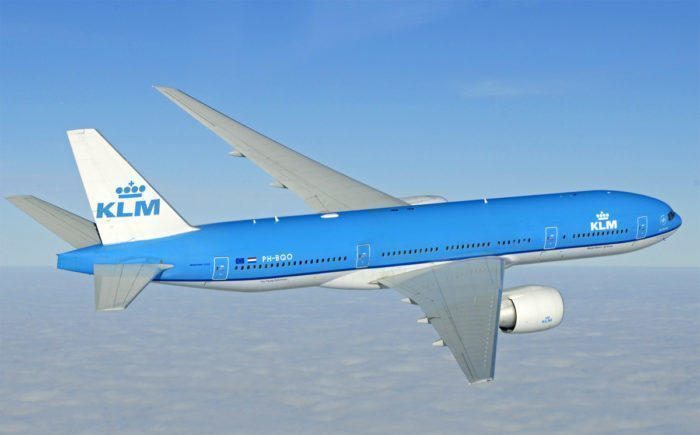
Changi Airport Terminal 4 has finally opened for operations, amid much fanfare. T4 is a flagship terminal for innovation, new technology and new operations concepts. Passengers can continue to look forward to the facilities, amenities, dining and F&B offerings that they expect from Changi Airport. At the same time, there are improvements to productivity and operational efficiency with the increased use of automation and streamlined work processes.

The first flight to land at Changi Airport’s Terminal 4 was Cathay Pacific Airways CX659 from Hong Kong which landed at 5.25am on 31 Oct. Passengers who were on the flight were given a goodie tote bag containing a plush toy, fan, and cardholder. They also received orchids upon disembarking from the plane and were greeted with a performance by local instrumental band Lorong Boys at the baggage belt.

While I have been to fully automated airports in Oslo, Paris or Amsterdam, Singapore has finally caught up with the world players by introducing a fully automatic check-in process. This would save time queuing and manpower as technology replaces the work of humans. Passengers can just bring out their own boarding pass and luggage tag, before scanning it and placing it on the conveyor belt to be loaded onto the plane. For now, the other terminals have automated check-in counters, but more often than not, it still requires administrative help such as visa check or being unable to print the boarding pass, so it is not efficient at all.

Currently, Cathay Pacific Airways, Korean Air are operating out of Terminal 4 so do take note if you are using these airlines. This will be followed by Cebu Pacific and Spring Airlines on Nov 2, and AirAsia and Vietnam Airlines on Nov 7. I hope to book a flight soon on one of these airlines in order to try out the new terminal 4! For now, my upcoming trip would be to Boracay on Scoot, so I will be traveling out of Terminal 2.

In other news, here are some statistics for flights vs passengers per hour at the world’s busiest airports, put up by my correspondent Edna.
The commercial aviation industry has faced difficulties in the last couple of years due to increased demand and low profit margins. As a result, airlines are having to reduce their operational costs to improve revenue.

Similarly at Singapore Changi Airport, the growth comes as the demand for air travel continues to strengthen, particularly in China and India; and also as liberalisation within South-east Asia allows airlines to mount more intra-Asean services. Changi Airport ranks 17th in the world as of 2016 statistics, with 58.7 million passengers handled. Number one in the world is surprisingly Atlanta (104 million), followed by Beijing with 94.4 million. Since Singapore Airlines is losing its competitive edge to the Middle Eastern airline carriers, it is now focusing its marketing strategy on Southeast Asia and Northern Asia, introducing more direct flights to secondary or tertiary cities in the region, such as to Kuantan (Malaysia), Clark (Philippines), Harbin, Shijiazhuang, Yantai (cities in China), giving Singaporeans more choices than ever to take a break to somewhere in the region.
Outside the region, United Airlines launched its non-stop Singapore-Los Angeles service yesterday, while Singapore Airlines’ budget arm, Scoot, will launch a new service to Honolulu later this year. Jetstar has also launched direct flights to Okinawa (Japan).
The graphic below demonstrates this trend by comparing the number of flights that take off and land per hour versus the number of passengers per hour at some of the world’s busiest airports:
Key insights include:
- The number of flights per hour in Dubai, Hong Kong and Beijing is almost half of the total amount of flights in other airports that transport the same or less passengers such as Atlanta or Chicago.
- US airports included in this ranking have the highest air traffic per year at 4,156,751 while Asian airports have 63% (2,751,600) less flights during the same time.
- Rapid growth of air travel in Asia is changing the industry. Middle East–based airlines such as Emirates, Etihad Airways, and Qatar Airways are dominating growth in the long-haul market due to the unique geographic positioning. The larger planes required for long-hall flights allows these airlines to carry more passengers per flight and reduce their operational costs.
- As predict by experts, we will continue to see bigger planes with more passengers in coming years. Chicago O’Hare, Paris Charles de Gaulle, Dallas International and Frankfurt airports are already following this trend and reduced the number of flights per day in 2016.
- Some carriers such as Emirates and Qantas Airways have been investing in new technology to build lighter and bigger aircrafts that consume less fuel. Will this impact their future air traffic and passenger stats?

Let me know your feedback by commenting below!
Will you be flying out of Changi Terminal 4 anytime soon?


